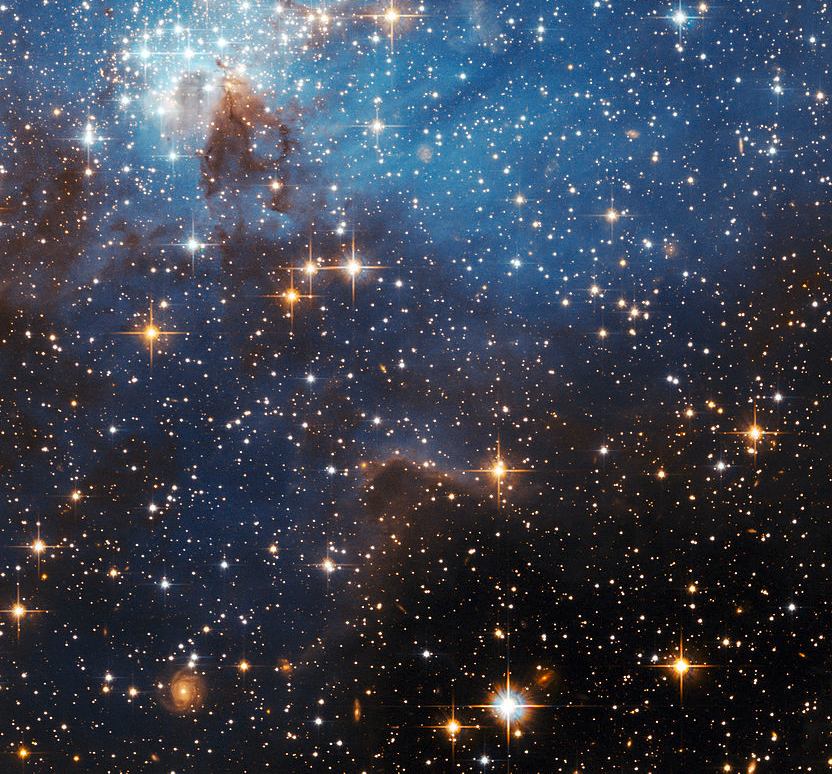The sun keeps our planet warm enough for living things to thrive. It gives us light so we can see. But it can also burn us. What causes these burns?
All About Energy
The sun sends lots of energy toward us all the time. There are a few different kinds of energy. There is infrared radiation, which is heat. There is visible light, which is what our eyes can see. There is also ultraviolet light. We can’t see ultraviolet with our eyes, but it’s there. And it can burn our skin.
Waves, Waves, Waves
Infrared radiation, visible light, and ultraviolet light are all types ofwaves in the electromagnetic spectrum. They’re all energy. But these energy waves aren’t all the same. Some have more energy than others.
Infrared waves have less energy than visible light waves. Infrared waves are longer with more space between each high and low. Ultraviolet waves have more energy than visible light does. It’s this energy that can hurt us.
Feel the Burn
If too much ultraviolet light hits our skin, over time it can hurt our skin cells. The cells can die, and our bodies react. The skin gets red, and it can hurt a lot.
Ultraviolet light comes from the sun, but it can also bounce off of other surfaces like water, snow, and concrete. That means that even if you’re under an umbrella, you can still get a sunburn. Ultraviolet light can also go through clouds, so you can get burned on an overcast day. No fair!
You can protect your skin by doing things that keep ultraviolet waves from reaching you. Clothing and hats are a great way to keep away those waves. Sunblock contains chemicals that can reflect or absorb the ultraviolet light, leaving your skin sunburn free.
That way you can enjoy the other energy from the sun, visible light and infrared warmth.


